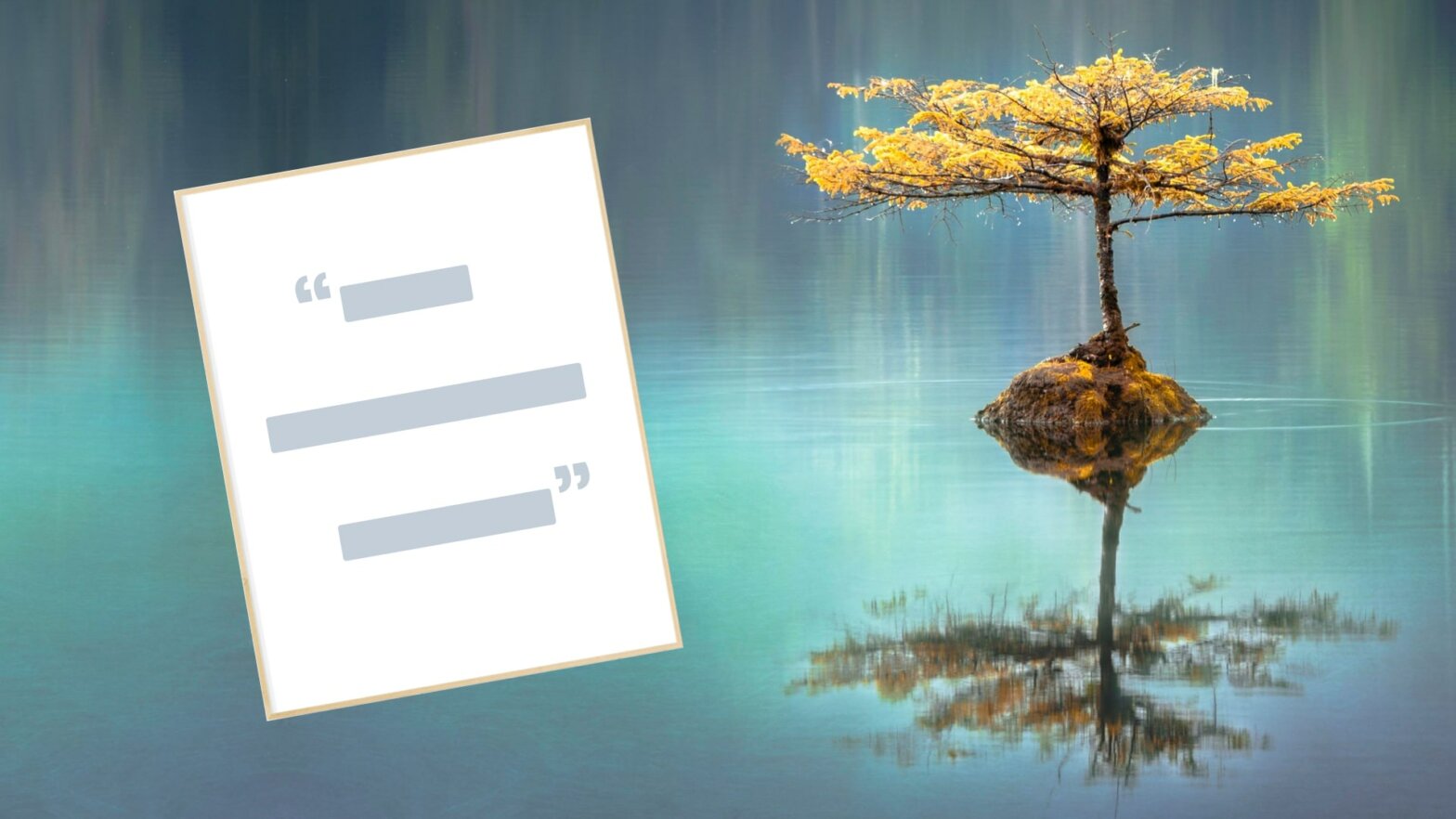What is a haiku? What distinguishes a haiku from other forms of poetry? We will provide a definition for haiku, explore the history of the form in Japan and around the world, and take a look at some of the most well-known haiku examples. Let’s get started with the definition of a haiku poem.
What is a Haiku
Definition of a haiku poem
The haiku is a type of short-form poetry that originated in Japan and is now popular all around the world. They are short but when they're done right, they pack a punch. When it comes to haiku in poetry, less is definitely more.
To learn more about all types of poetry, refer to our writer’s guide to poem structures.
HAIKU DEFINITION
What is a haiku?
A haiku is a three-line poem consisting of 17 syllables arranged as a five-syllable line, followed by a seven-syllable line, concluded with another five-syllable line. Haiku’s are language dependent as the number of syllables in each line can change when translated.
In Japanese, rather than syllables, words are broken into “on” which are counted in a different manner. Also, in Japanese, traditional haikus are not separated into three distinct lines but rather presented as one continuous line that is meant to be spoken within a single breath.
Some experts suggest that, in English, a haiku should more accurately consist of between 10 to 14 syllables to best match the sound and rhythm of traditional Japanese haikus.
The three lines of the poem do not rhyme and they typically avoid metaphor, simile, and exposition in favor of imagery and contrast. Traditional examples center around nature and/or the seasons and aim to capture a simple moment in time.
Haiku Structure:
- 5-7-5 syllable structure
- Originated in 17th century Japan
- Language dependent
Haiku Examples
The history of haiku in poetry
The haiku originated in 17th century Japan, but was preceded by the renga. Going all the way back to 13th century Japan, renga was a type of long-form poetry with a rigid set of rules and conventions.
Renga poems were created in formal settings as a collaboration between multiple poets trading lines back and forth. The first verse of a renga poem was known as a hokku, which eventually became its own form of poetry that we now refer to as haiku.
In the following video a professor of modern foreign languages explores different forms of Japanese poetry, including renga and haiku.
Renga, haiku, and waka explored • Definition of a haiku poem
As the popularity of the haiku structure grew, more style distinctions were added to the form. Traditional poems must contain a kireji and a kigo. A kireji is a cutting word which is typically used to juxtapose contrasting images and creates a pause in the flow of the poem.
A kigo is a word that grounds the haiku in a particular season without necessarily stating the name of the season. For instance, referring to ume, meaning blossom, to indicate the Spring, or referring to momiji, meaning colored leave, to refer to the Fall.
Some kigo are more abstract than others. A poem that does not adhere to these requirements would not be classified as a traditional haiku and would instead be labeled as a senryū.
The following video delves deeper into kigos.
Guide to kigos in haikus • What is haiku poetry
And this video does the same for kirejis.
Guide to kirejis in haikus • Haiku in poetry
Now that we know all about the history and form, let’s take a look at some haiku examples.
What is a Haiku Example
Haiku examples
As we look at these haiku examples, try to identify the kireji and and kigo in each poem. Let’s start with a video that showcases some of the most popular poems read aloud.
Popular Japanese poems read aloud • Define haiku poem
Now, let’s examine a few more examples in written form.
A world of dew,
And within every dewdrop
A world of struggle.
A World of Dew by Kobayashi Issa
In this example, dew serves as the kigo for Spring, and the poem is capped off with the kireji of struggle.
In the twilight rain
these brilliant-hued hibiscus -
A lovely sunset.
By Matsuo Basho
This poem was written by Mastuo Basho who is widely considered the finest haiku writer to ever live. This poem was written in the 1600s when the haiku structure was relatively new. Basho is credited with mastering, refining, and popularizing the form.
Everything I touch
with tenderness, alas,
pricks like a bramble
By Kobayashi Issa
This example is from Koboyashi Issa, another master of the haiku who was active from the 1600s into the early 1700s. Bramble serves as the kigo while pricks serves as the kireji.
UP NEXT
Writer’s Guide to Poem Structures
We now know everything there is to know about the origin and nature of haikus and we’ve taken a look at some great examples. Up next, learn about the history and evolution of poetry, the different types and structures of poems, and read examples from each poem style.
Up Next: Guide to Poem Structures →
Showcase your vision with elegant shot lists and storyboards.
Create robust and customizable shot lists. Upload images to make storyboards and slideshows.
